By Kristina Pydynowski, Senior Meteorologist
March 14,2015; 10:30PM,EDT
At least eight people are dead in the wake of powerful Tropical Cyclone Pam, which is now tracking toward northern New Zealand.
Pam reached its peak intensity on Friday, local time, with maximum sustained winds of nearly 270 kph (167 mph), the equivalent of a Category 5 hurricane or a super typhoon.
At that time, Pam was unleashing its fury on the islands of Vanuatu, a country between Fiji and the mainland of Australia.
Reuters reports that at least eight people have died from the devastating cyclone. That total is expected to rise.

Chloe Morrison, Emergency Communications Officer with World Vision, told AccuWeather.com, "I went out for a drive around Port Vila [the capital of Vanuatu], and trees were everywhere. Local homes here are quite simple, usually thatched roofs, and they'd likely be absolutely blown away by the winds."
"There was a big evacuation in Port Vila. About 25 evacuation centers were opened, mostly in schools and churches. If someone was not in a safe structure, it would've been a battle to survive."
RELATED:
AccuWeather.com Tropical Cyclone Center
BLOG: Monster Category 5 Pam vs. Vanuatu History
Detailed Auckland, New Zealand, Forecast
Massive power outages occurred across the entire island of Vanuatu from Pam, leaving many communications down.
"Difficulties we're facing now are a lack of communications," continued Morrison. "At the best of times, it's really difficult to contact some parts of the islands. So it could be days until we know what's happened."
The staff of World Vision states that it could take days or even weeks to reach to most remote islands by boat to see the full extent of the damage.
Pam and the worst of its fury is now pressing south of Vanuatu, allowing rescue and cleanup operations to commence. Lingering downpours threaten to slow these efforts this weekend, especially across the northern islands of Vanuatu.
Pam will weaken as it pushes away from Vanuatu and toward New Zealand, but the surrounding seas of the South Pacific Ocean will remain extremely rough and dangerous for those with shipping interests.
Pam will impact northern New Zealand in a northwest-to-southeast fashion Sunday night through Monday, local time. The cyclone will be weakening at that time, but its strength will still be equal to that of a hurricane. Pam will lose its tropical characteristics after it passes by New Zealand.

Despite weakening, Pam will remain capable of lashing far northern New Zealand with heavy rain, strong winds and life-threatening surf.
Compared to the rest of New Zealand, the nation's far northeastern tip will experience the most adverse conditions with near hurricane-force wind gusts and rainfall totals of 100 to 150 mm (4 to 6 inches).
Flash flooding is a concern, while such winds could lead to widespread tree damage and power outages. Weaker structures may also sustain damage.
Auckland will be faced with gusts averaging 65 to 80 kph (40 to 50 mph) and 25 to 50 mm (1 to 2 inches) of rain. Sporadic power outages and tree damage may result.
The anticipation of Pam's fury has delayed one of the world's biggest boating events, the Volvo Ocean Race. The next leg of the race, scheduled to leave Auckland for Itajai, Brazil, on Sunday, local time, was postponed to Tuesday, March 17, at the earliest.
Further delay will push back other festivities and start times on other legs of the Volvo Ocean Race. After a stop in Itajai, Brazil, the next leg of the race is to Newport, Rhode Island, in the United States, followed by Lisbon, Portugal.
(Video/ADRA Vanuatu)
Beginning to see extent of damage in Vanuatu from mega-storm Cyclone Pam. @350Pacific #PrayForThePacific #TCPam
ICYMI, #Vanuatu devastated by Tropical Cyclone Pam; reports at least four dead in Port Vila http://ab.co/1Mzsm9V
Severe #CyclonePam eye can be seen on New Caledonia's radar
http://www.meteo.nc/observations/images-radar# …
BREAKING NEWS: Due to cyclone Pam, leg 5 start is postponed until Monday 14:00 NZ time. More info to follow! #VOR
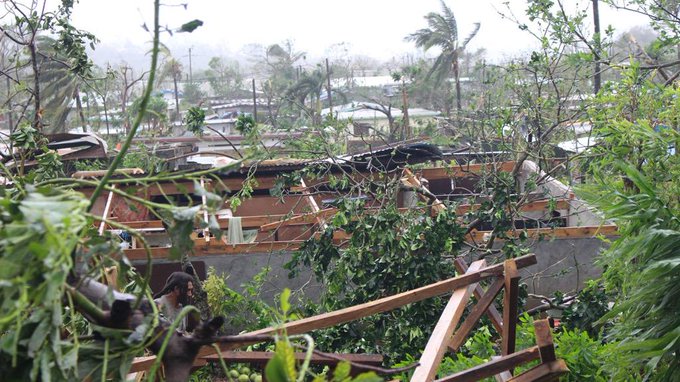

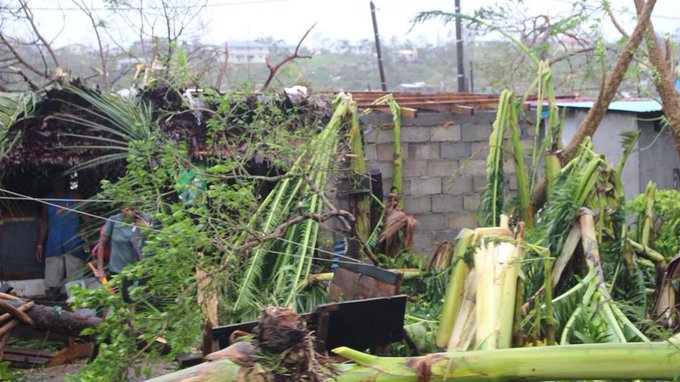

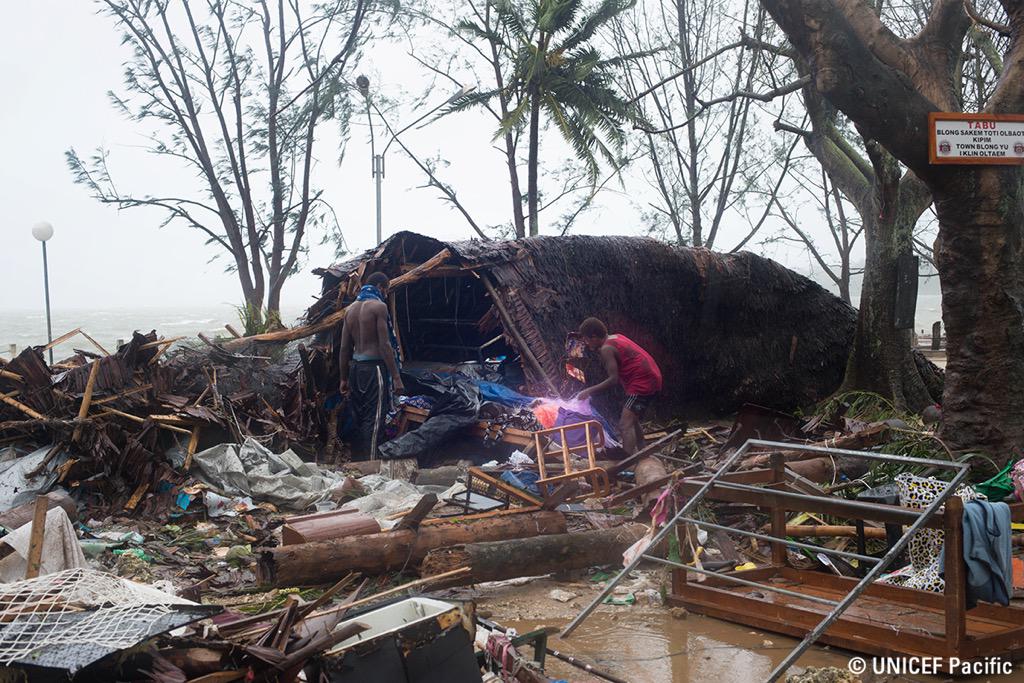

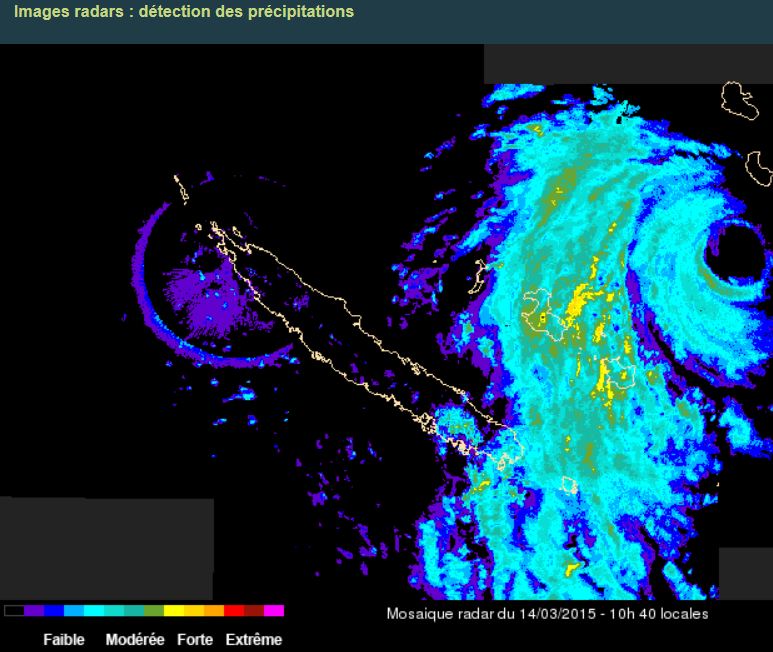

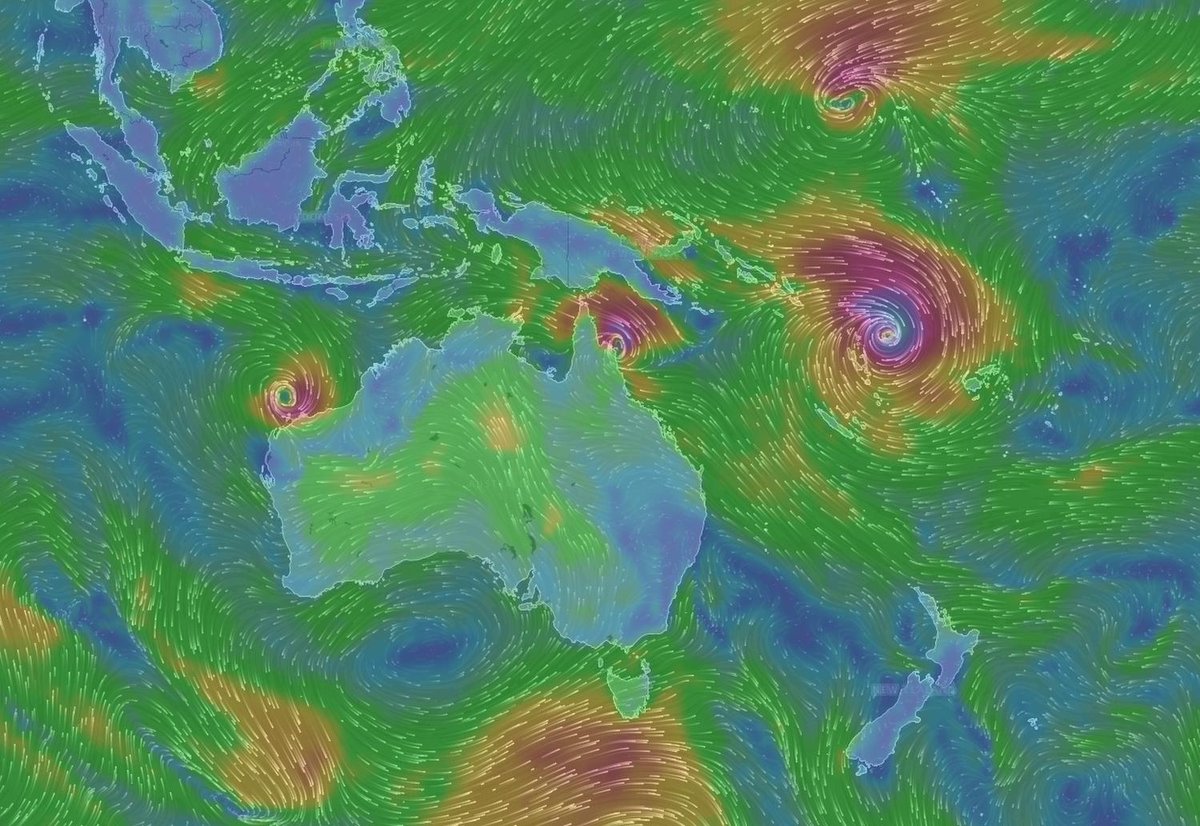

No comments:
Post a Comment